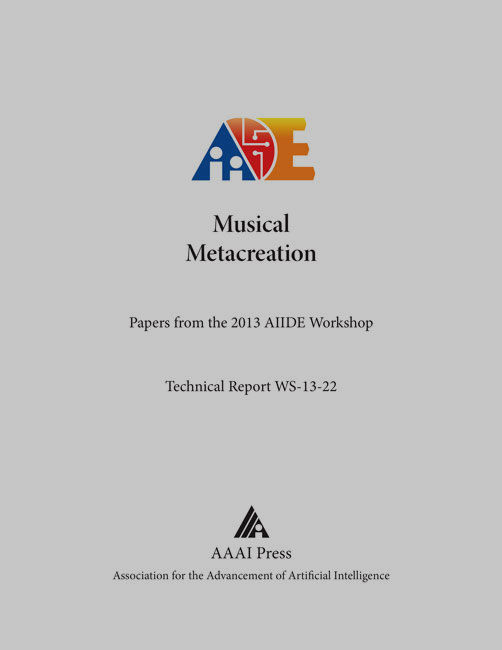The Human, the Mechanical, and the Spaces in Between: Explorations in Human-Robotic Musical Improvisation
DOI:
https://doi.org/10.1609/aiide.v9i5.12657Keywords:
music composition, musical improvisation, human-robot interactionAbstract
HARMI (Human and Robotic Musical Improvisation) is a software and hardware system that enables musical robots to improvise with human performers. The goal of the system is not to replicate human musicians, but rather to explore the novel kinds of musical expression that machines can produce. At the same time, the system seeks to create spaces where humans and robots can communicate with each other in a common language. To help achieve the former, ideas from contemporary compositional practice and music theory were used to shape the system’s expressive capabilities. In regard to the latter, research from the field of cognitive psychology was incorporated to enable communication, interaction, and understanding between human and robotic performers. The system was partly developed in conjunction with a residency at High Concept Laboratories in Chicago, IL, where a group of human improvisers performed with the robotic instruments. The system represents an approach to the question of how humans and robots can interact and improvise in musical contexts. This approach purports to highlight the unique expressive spaces of humans, the unique expressive spaces of machines, and the shared spaces between the two.

